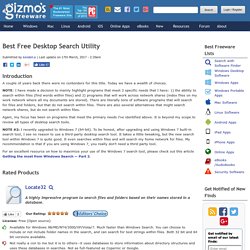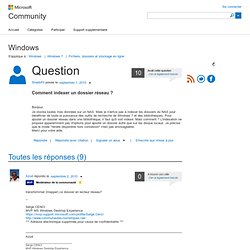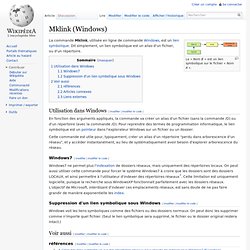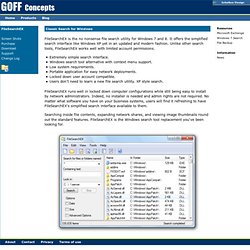

Best Free Desktop Search Utility. Introduction A couple of years back there were no contenders for this title.

Today we have a wealth of choices. NOTE: I have made a decision to mainly highlight programs that meet 2 specific needs that I have: 1) the ability to search within files (find words within files) and 2) programs that will work across network shares (index files on my work network where all my documents are stored). There are literally tons of software programs that will search for files and folders, but that do not search within files. There are also several alternatives that might search network shares, but do not search within files. Again, my focus has been on programs that meet the primary needs I've identified above. NOTE #2: I recently upgraded to Windows 7 (64-bit). For an excellent resource on how to maximize your use of the Windows 7 search tool, please check out this article Getting the most from Windows Search — Part 2. Rated Products Locate32 Our Rating: Available for Windows 98/ME/NT4/2000/XP/Vista/7. Getting the most from Windows Search — Part 2.
By Woody Leonhard In my Sept. 22 Woody’s Windows column, I stepped you through the basics of searching in Windows 7 — in particular, Win7′s two undocumented search idiosyncrasies that can cause no end of confusion.

In Part 2, I give you the advanced course, including how to search in Win7 the way you used to in Windows XP, Windows 95, or (gulp!) Even DOS. Get our unique weekly Newsletter with tips and techniques, how to's and critical updates on Windows 7, Windows 8, Windows XP, Firefox, Internet Explorer, Google, etc. Join our 480,000 subscribers! Get a real feel for Windows 8.1 with a wealth of tips in this step-by-step guide. Search for filenames, the new old-fashioned way Here’s how most experienced Windows users get turned off by Windows 7′s search: they click the Win7 Start orb, type something into the Search box, and wait while Windows comes back with results — first in bushels, then in barrels, and finally an avalanche.
What if you’re just looking for a filename? Figure 1. Comment indexer un dossier réseau ? Ref: <*** Adresse électronique supprimée pour cause de confidentialité ***> de Francorégis >J'utilise un NAS pour avoir d'une part l'accès à tous mes fichiers d'où que je sois par FTP, et cela sans avoir à maintenir mon PC allumé, et d'autre part car mon disque dur est trop petit pour contenir toutes les données (surtout que j'envisage de passer en SSD).

Le système des bibliothèques de Windows 7 a été présenté comme un avantage énorme pour l'utilisateur puisqu'il est maintenant possible de réunir dans un même écran les données contenues à différents endroits dans différents dossiers. C'est quand même un comble que les emplacements réseau ne puissent être inclus dans les Bibliothèques : cela ruine tous leurs avantages ! >Rendre les dossiers disponibles hors connexion ? >J'ai donc, moi aussi, mappé en lecteur réseau plusieurs dossiers du NAS en espérant pouvoir les indexer : des nèfles. Mklink (Windows) Un article de Wikipédia, l'encyclopédie libre.

Le « Nom B » est un lien symbolique sur le fichier « Nom A ». La commande Mklink, utilisée en ligne de commande Windows, est un lien symbolique. Dit simplement, un lien symbolique est un alias d'un fichier, ou d'un répertoire. Cette commande est utile pour, typiquement, créer un alias d'un répertoire "perdu dans arborescence d'un réseau", et y accéder instantanément, au lieu de systématiquement avoir besoin d'explorer arborescence du réseau. Windows voit les liens symboliques comme des fichiers ou des dossiers normaux. Lien symbolique. Classic Search for Windows.
FileSearchEX is the no nonsense file search utility for Windows 7 and 8.

It offers the simplified search interface like Windows XP yet in an updated and modern fashion. Unlike other search tools, FileSearchEX works well with limited account permissions. Extremely simple search interface. Windows search tool alternative with context menu support. Low system requirements. FileSearchEX runs well in locked down computer configurations while still being easy to install by network administrators. Searching inside file contents, expanding network shares, and viewing image thumbnails round out the standard features. Copernic Desktop Search. Inside Google Desktop.
Locate32.